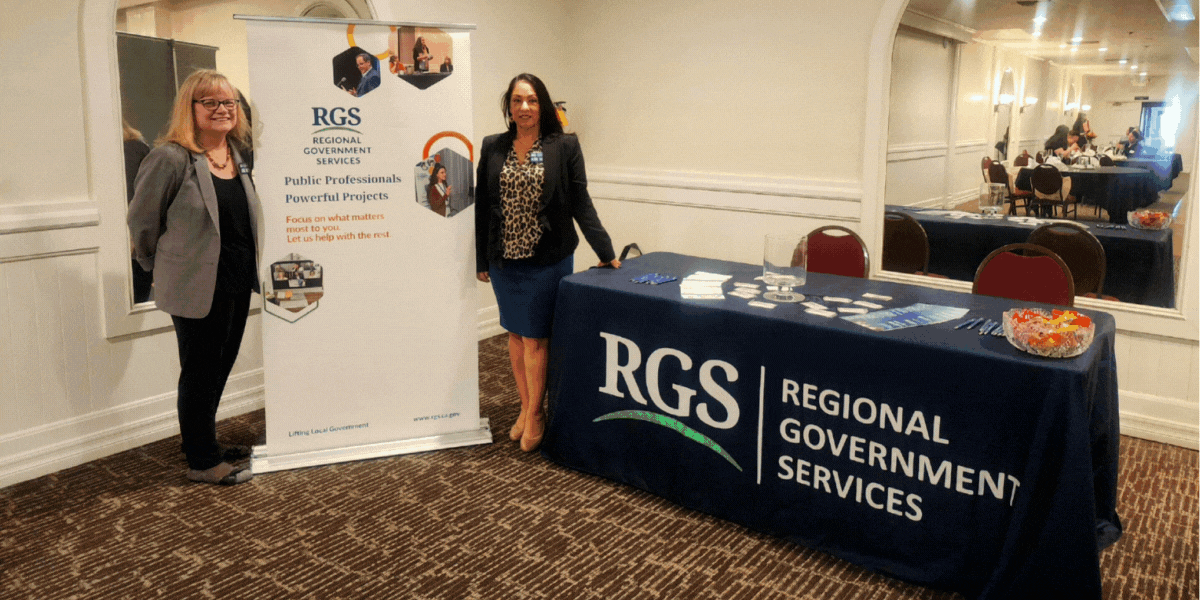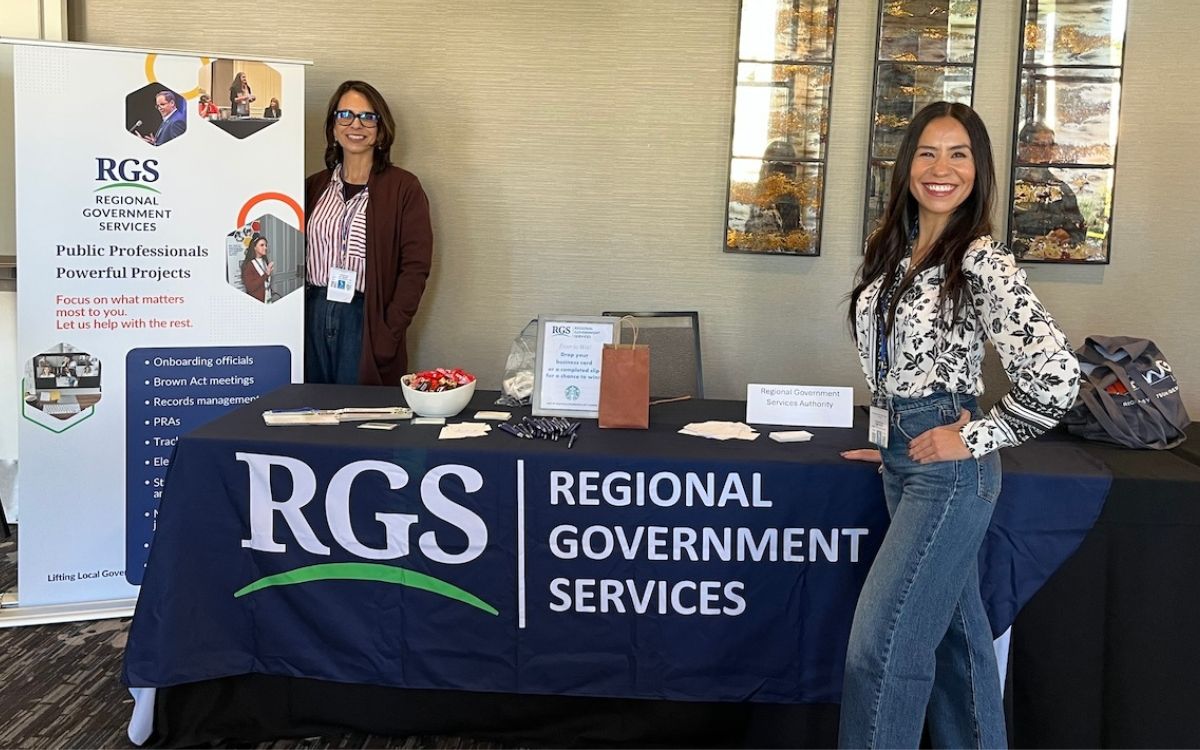Human Resources Management System Responsibilities

by Sophia Selivanoff, RGS Lead Human Resources Advisor
If an agency wants a really effective human resources management program then it is essential to understand all the elements that go into that effective program.
Human resources management is an umbrella term for a wide range of activities directed at ensuring the effective application of employee talents and energies toward the agency’s mission and goals. Some of these activities are indirect, such as benefits administration so that employees are cared for and can focus on work. Some activities are direct, such as performance management and training, which provide employees with clear goals and the tools to achieve them. Human resources management cannot be accomplished by a single person nor by an expert team in human resources. ALL employees of the agency have a role and responsibility in the effective application and combination of employee resources. The following are the responsibilities and accountabilities of agency employees for effective human resource management.
Chief Executive
The Chief Executive has overall responsibility for the promulgation of principles and policies of human resources practices and administration. The Chief Executive is responsible to hold department heads accountable for their compliance with policies, for their creation and implementation of effective departmental procedures, and for their collaborative participation with human resource experts in problem resolution and centralized administrative functions. The Chief Executive must lead by example, modeling behaviors that promote a culture of openness, inclusion, compassion, and trust.
HR Staff
The Human Resources staff is responsible to ensure that policies are up-to-date and legally compliant, and to educate managers and supervisors regarding best practices in human resource management. HR staff will provide department staff with expertise and information and help design departmentally effective procedures and tools (forms, checklists, manuals, etc.) to properly implement the human resource management policies and standards established by the Chief Executive. HR staff must regularly partner with department staff to resolve personnel problems and concerns, and design preventative or developmental programs. As determined by the Chief Executive, HR staff will carry out or oversee administrative functions that are most effective when centralized rather than dispersed throughout the organization.
Department Directors/Managers/Chiefs
The Agency Directors, Managers, and Chiefs have the following responsibilities:
- Ensure that the agency’s HR policies are implemented within their department, partnering with the human resource experts to develop compliant and operationally effective procedures.
- Develop any department-specific human resource management practices and programs in collaboration with HR staff.
- Periodically review human resource management performance measures, and identify necessary course corrections.
- Hold department staff accountable for keeping informed about and in compliance with policies and procedures.
- Lead by example, modeling behaviors which promote a culture of openness, inclusion, compassion, and trust.
Department Superintendents/Supervisors
The agency’s first line supervisors have the following responsibilities:
- Administer human resources management policies, procedures, and programs, completing and compiling documentation as required, utilizing tracking tools and software as needed, and consulting with human resources staff to resolve problems.
- Ensure that employees comply with human resource management policies.
- Instruct employees in procedural requirements and appropriate work behaviors to be followed in daily work assignments.
- Maintain files and compile human resources management performance data, report/forward information as appropriate to department heads and human resources staff.
- Investigate incidents and discuss employee concerns to identify potential problems or areas for improvement; bring such information regularly to the attention of the department head and human resources, as appropriate.
- Perform periodic structured feedback on work performance and behaviors with each subordinate employee; provide incidental feedback promptly as needed; create and monitor plans for performance improvement if needed.
- Regularly communicate with employees to present human resource management policies, programs, and objectives, and to answer questions/receive feedback from employees regarding such policies, programs, and objectives; provide employee feedback to department head and human resources, as appropriate.
Department HR Liaison
For a really effective approach, each department should assign the following responsibilities to one manager or supervisor and provide training for this individual to carry out his/her responsibilities:
- Serve as the initial point of contact within the department to resolve and prioritize human resources management issues and to involve HR staff as appropriate.
- Maintain and update human resource management procedure, forms, manuals, etc. within the department.
- Assist HR staff in communicating best practices, principles, and policy updates.
Employees
Employees are responsible for ensuring their own compliance with human resources policies and procedures applicable to them, and for supporting and encouraging such behavior in others in the workplace:
- Learn and follow the human resources policies, procedures, and guidelines that apply to each job assignment.
- Discontinue any specific personal activity or approach that the employee knows or can reasonably conclude could lead to damage to the organization’s culture of openness, inclusion, compassion, and trust.
- Practice the values of openness, inclusion, compassion, and trust on a daily basis.
- Bring to their supervisor’s attention any activity, behavior, or condition detrimental to the well-being of members of the organization.
- Promptly seek supervisory or human resources assistance to resolve work problems.
- Maintain and develop interpersonal, leadership, and technical skills in order to continuously add value to the organization.
Certain shared values are presumed by this model, including the importance of designed and transparent communications, collaboration, and integrity. Old models of human resources management that required HR staff to serve as centralized policepersons of a highly regulated organization are unsustainable, with conflicting roles, rapidly proliferating legal requirements, and overwhelming workloads. An effective HR is not a transactional-based department but primarily an expert resource to managers, supervisors, and employees, and secondarily and selectively an administrative operation. HR staff need to provide high-level conceptual models and broad administrative policies and principles to the managers and supervisors who run the organization, and let the operational experts adapt those models, principles, and policies to best practices for their particular operation. HR staff also need to focus on assisting managers and supervisors to identify and make high-return human capital investments—both initially in hiring, and through career and skills development, succession planning, and organizational culture management. While administrative activities are most effectively done in a centralized operation, HR cannot be taking on the full burden of transactional functions and should carefully determine the actual administrative duties that reside within human resources and those that reside with departments.
Share this article
Stay Up-To-Date - Follow RGS on LinkedIn:
Latest articles
November 24, 2024
November 24, 2024




